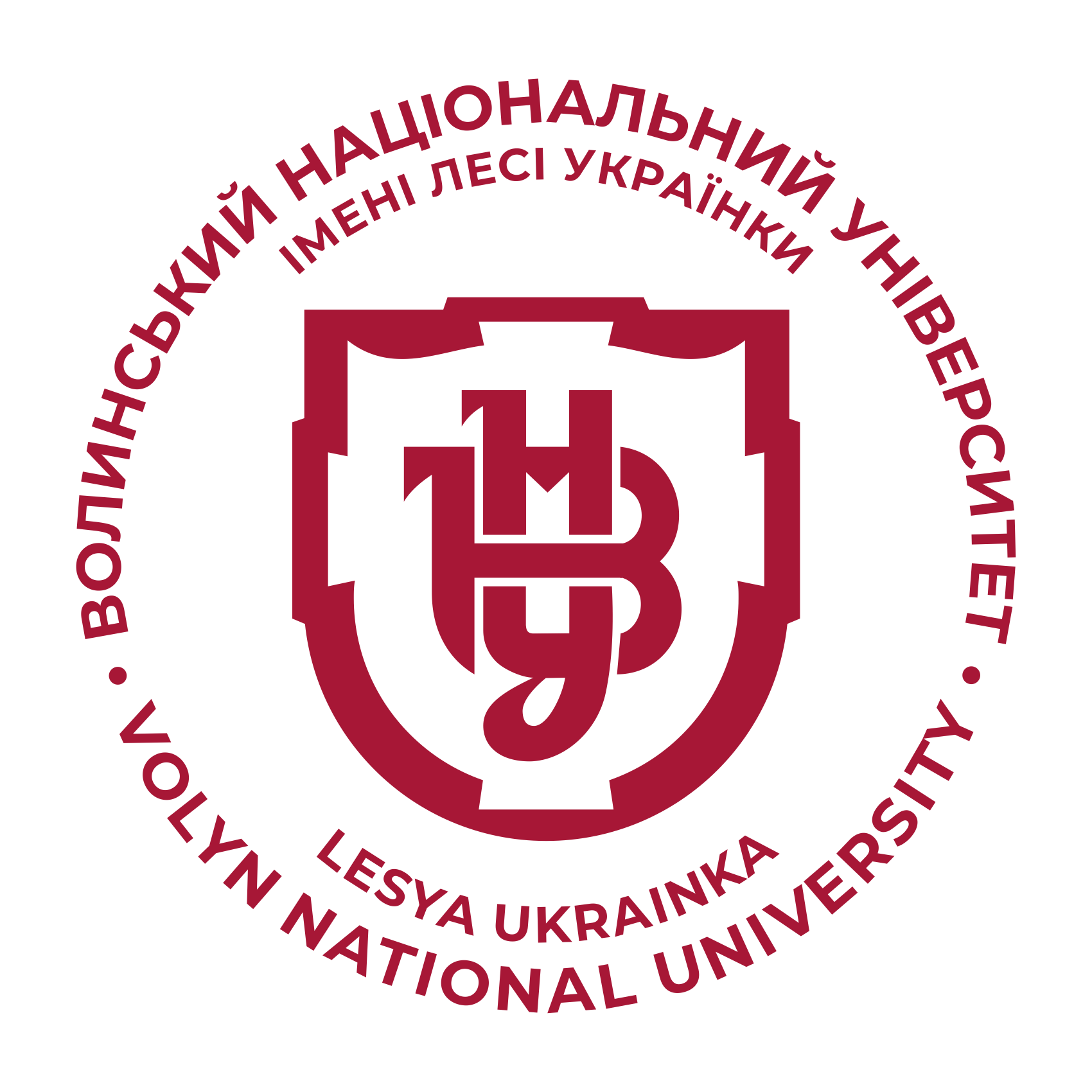ECONOMIC AND STATISTICAL ANALYSIS OF EUROPEAN INTEGRATION PROCESSES IN UKRAINE
DOI:
https://doi.org/10.29038/2411-4014-2020-01-206-215Keywords:
European integration, foreign trade, analysis of variance, statistical analysis, Ukraine, European Union.Abstract
Introduction. The historical experience of development and modern realities indicate that the implementation of the strategic, in particular economic goals of Ukraine as a European state is an extremely complex process. These difficulties are caused by various geopolitical, socio-economic factors and reflect the conflicting national and regional interests in the global world, primarily the neighbouring countries of Ukraine. In this regard, an urgent task for researchers and politicians is an in-depth analysis of the processes of Ukraine’s integration in the European economic space, identifying opportunities and threats in the economy and other areas of the country's public life. The paper aims to find out the positive and negative consequences of European integration processes in Ukraine in terms of economic integration with the European Union, including their regional peculiarities. The results. The study identified the main trends in the dynamics of statistical and analytical indicators of foreign trade with the European Union’s states, in particular, in the export and import of Ukrainian goods with the EU and other countries, the level of openness of the economy and other indicators. The materiality level of changes in the geographical and product structure of foreign trade in goods in Ukraine using the integral index of structural changes is estimated. The level of influence of a cross-border factor on the intensity of foreign economic activity in the regions of Ukraine using the method of analysis of variance is revealed. Conclusion. Over the past twenty years (1998-2018) in Ukraine there has been an unstable, but a positive upward trend in the volume of foreign trade in goods with EU countries. At the same time, the negative balance of export-import of goods remains, testifies to the low pace of Ukraine's integration with the economy of the EU countries and the preservation of unequal terms of foreign trade. Since 2014, EU states have become the main partner in the foreign economic activity of Ukraine. Significant structural shifts have also occurred in the commodity structure of Ukraine’s exports, but they are less related to the diversification of exports in favor of goods with high added value. A significant part of the raw materials in the commodity structure of exports determines the dependence of Ukrainian producers on market changes in the EU internal market. The cross-border factor has a significant, but not decisive influence on the intensity of foreign trade in goods in the regions of Ukraine. Regional differences in the export of Ukrainian enterprises are largely related to the region's specialization in the production of goods in high demand and export potential in the EU domestic market.







